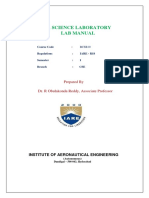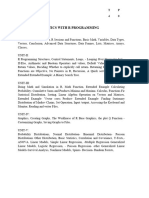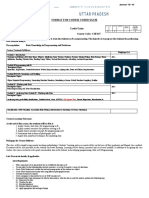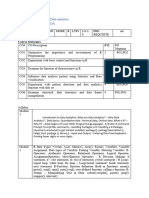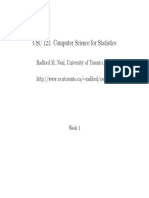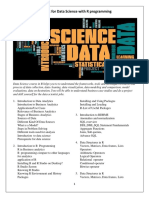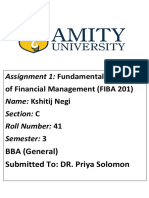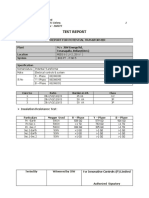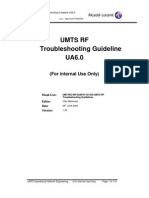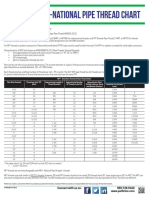0% found this document useful (0 votes)
51 views2 pages327C52 R Programming Lab
The document outlines the syllabus for the R-Programming Practical course under the B.Sc. Degree Programme in Computer Science with Data Science at the University of Madras, effective from 2023-2024. It includes learning objectives, course outcomes, a list of exercises, and recommended texts for students. The course aims to develop programming skills in R, focusing on data handling, statistical analysis, and graphical user interfaces.
Uploaded by
vimala kCopyright
© © All Rights Reserved
We take content rights seriously. If you suspect this is your content, claim it here.
Available Formats
Download as PDF, TXT or read online on Scribd
0% found this document useful (0 votes)
51 views2 pages327C52 R Programming Lab
The document outlines the syllabus for the R-Programming Practical course under the B.Sc. Degree Programme in Computer Science with Data Science at the University of Madras, effective from 2023-2024. It includes learning objectives, course outcomes, a list of exercises, and recommended texts for students. The course aims to develop programming skills in R, focusing on data handling, statistical analysis, and graphical user interfaces.
Uploaded by
vimala kCopyright
© © All Rights Reserved
We take content rights seriously. If you suspect this is your content, claim it here.
Available Formats
Download as PDF, TXT or read online on Scribd
/ 2









